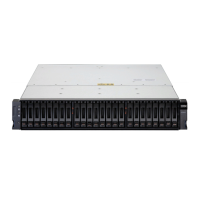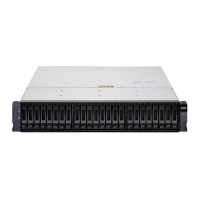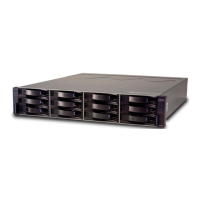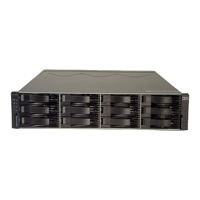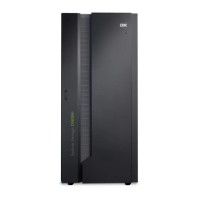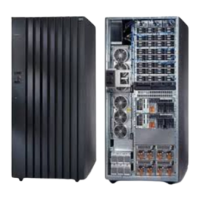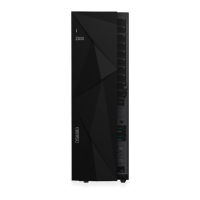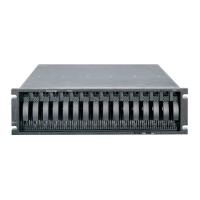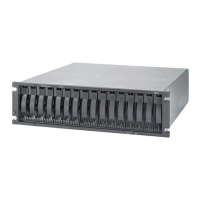Important: For instructions to install the DS Storage Manager software, see the
IBM System Storage DS Storage Manager Version 10 Installation and Host Support
Guide (for DS Storage Manager V10.77 or earlier) or the IBM System Storage DS
Storage Manager Version 10.8 Installation and Host Support Guide (for DS Storage
Manager V10.83 or later) for the applicable operating system. The document is in
the Documentation folder on the IBM System Storage DS3500 Support DVD.
To download the latest version of the Storage Manager software, controller
firmware, NVSRAM firmware, and the latest ESM firmware, go to
http://www.ibm.com/servers/storage/support/disk/.
The Storage Manager software provides the best way to diagnose and repair
storage-subsystem failures. The software can help you:
v Determine the nature of the failure
v Locate the failed component
v Determine the recovery procedures to repair the failure
Amber (needs attention) LEDs do not necessarily indicate which component has
failed or must be replaced or which type of recovery procedure you must perform.
In some cases (such as when a drive exceeds its Predictive Failure Analysis [PFA]
threshold), the amber LED is not lit. Only the Storage Manager software can detect
the failure.
For example, the recovery procedure for a PFA flag (impending drive failure) on a
drive varies depending on the drive status (hot spare, unassigned, RAID level,
current logical drive status, and so on). Depending on the circumstances, a PFA
flag on a drive can indicate a high risk of data loss (if the drive is in a RAID 0
logical drive) or a minimal risk (if the drive is unassigned). Only the Storage
Manager software can identify the risk level and provide the necessary recovery
procedures.
Note: For PFA flags, the system-error LED and drive status LEDs are not lit, so
checking the LEDs will not notify you of the failure, even if the risk of data loss is
high.
Recovering from a storage-subsystem failure might require you to perform
procedures other than replacing the component (such as backing up the logical
drive). The Storage Manager software provides these procedures.
Attention: Not following the software-recovery procedures can result in data loss.
In addition, always replace a failing component as soon as possible to minimize
additional failures that might occur, causing loss of data access.
Firmware updates
Attention: Save the storage subsystem profile before you perform any controller
or ESM firmware upgrades. Save the profile and all configuration (.cfg) files to a
server disk that will remain accessible in the event of a DS3500 storage
configuration failure. Do not save these files only to a LUN in the storage
subsystem.
To ensure the optimal operation of the storage subsystem and its attached storage
enclosures, the ESM firmware, controller firmware, drive firmware, and the
NVSRAM firmware must be up-to-date. Go to http://www.ibm.com/servers/
storage/support/disk/ to get the latest updates.
86 IBM System Storage DS3500 and EXP3500 Storage Subsystem: Installation, User's, and Maintenance Guide
